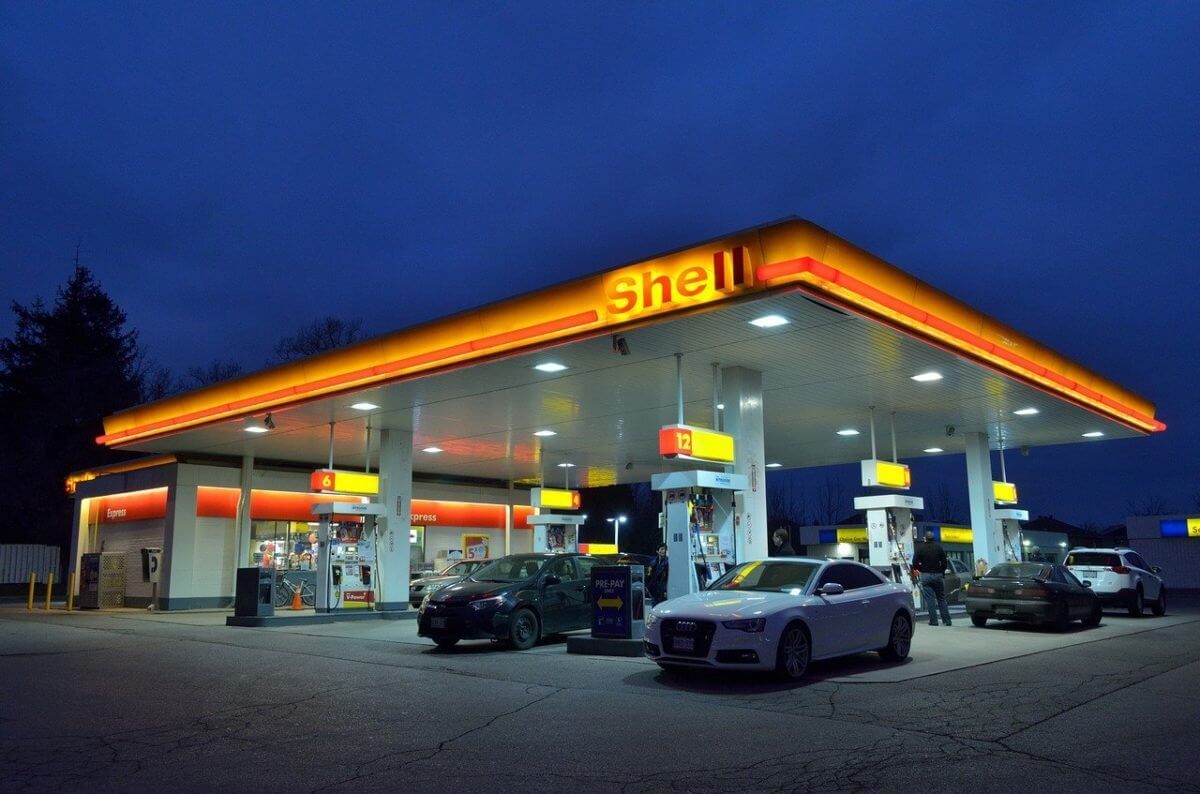
European gas prices drop on stockpile boost
European natural gas prices are set to fall for the first time as expanding stocks and consistent Russian supplies offset some of the risk posed by Moscow’s new payment conditions.
Benchmark front-month Dutch futures plummeted as much as 3.5 per cent on Friday after closing Thursday at their lowest level since February 23, before Russia invaded Ukraine.
As industries prepare for any potential disruption from Russia, the continent’s leading provider, inventories are returning to near seasonal levels. Given the potential of curtailments due to the conflict, sanctions against Russia, and the payment issue, the European Union wants to keep gas inventories high to ensure the continent’s energy security.
On Thursday, the group agreed to set a minimum inventory threshold of 80 per cent by November 1, with that figure growing for consecutive winters. In Amsterdam, benchmark European gas futures were 1.6 per cent lower at 89.56 euros per megawatt-hour.
According to orders and flow statistics, Russian gas supplies to Europe are nearly unchanged from the previous day. Flows via the Nord Stream pipeline, Russia’s main conduit to the EU, are expected to be near-total capacity.
Russia shut off the supply to Poland and Bulgaria last month because of a payment disagreement. Gasum Oy, a Finnish importer, has stated that there is a chance that flows could cease this week due to its refusal to pay in rubles. Gas accounts for under 5% of Finland’s energy mix, and businesses have been planning for a potential disruption for months.
Front-month gas futures in the United Kingdom fell 4.4 per cent. However, the contract is likely to rise for the second week. Liquefied natural gas shipment constraints contributed to a price rise earlier this week.
Slovakia’s SPP paid for Russian gas in euros
Slovak state gas importer SPP has paid a bill for Russian natural gas in euros and created a rouble account with Gazprombank, according to its CEO Richard Prokypcak.
The European Union’s executive said this week that member countries could continue to buy Russian gas without violating sanctions imposed on Russia for its invasion of Ukraine.
While the European Commission warned businesses against opening rouble bank accounts with Gazprombank, as requested by the Kremlin, it did not expressly state that doing so would violate sanctions in its formal written guidelines.
Since Moscow requested that international buyers begin paying in roubles, payment for Russian gas has become a problem, and Russia stopped supplying to Poland and Bulgaria for refusing.
Brent-WTI oil price spread inverts
The Brent/WTI differential was inverted this week, suggesting more robust demand significantly in the United States, given that exportation economics do not support this close relationship. This week, the US economy suffered a jolt when April retail sales forecasts fell far short of expectations due to inflationary concerns. According to analysts, the average American spends their discretionary income on increasing energy and food expenditures. The US equity markets pushed up prices to predict future energy demand.
According to this week’s EIA Weekly Petroleum Status Report, crude commercial inventory declined 3.4 million barrels last week to 421 million barrels, falling 14% below the five-year average.
The API reported a 2.4 million barrel drop in inventory, but the WSJ survey showed a 1.4 million barrel increase. Refinery utilization increased from 90.0 per cent to 91.8 per cent. Total motor gasoline stockpiles fell by 4.8 million barrels, falling to 8% below the five-year average at this time of year. Crude oil supplies at the critical Cushing, Oklahoma, hub fell 2.4 million barrels to 26 million barrels or 35% of available capacity. The US Strategic Petroleum Reserve fell by 5.0 million barrels, leaving 543 million barrels. Oil output in the United States declined 100,000 barrels per day to 11.8 million barrels per day, down from 11 million barrels per day last year.




